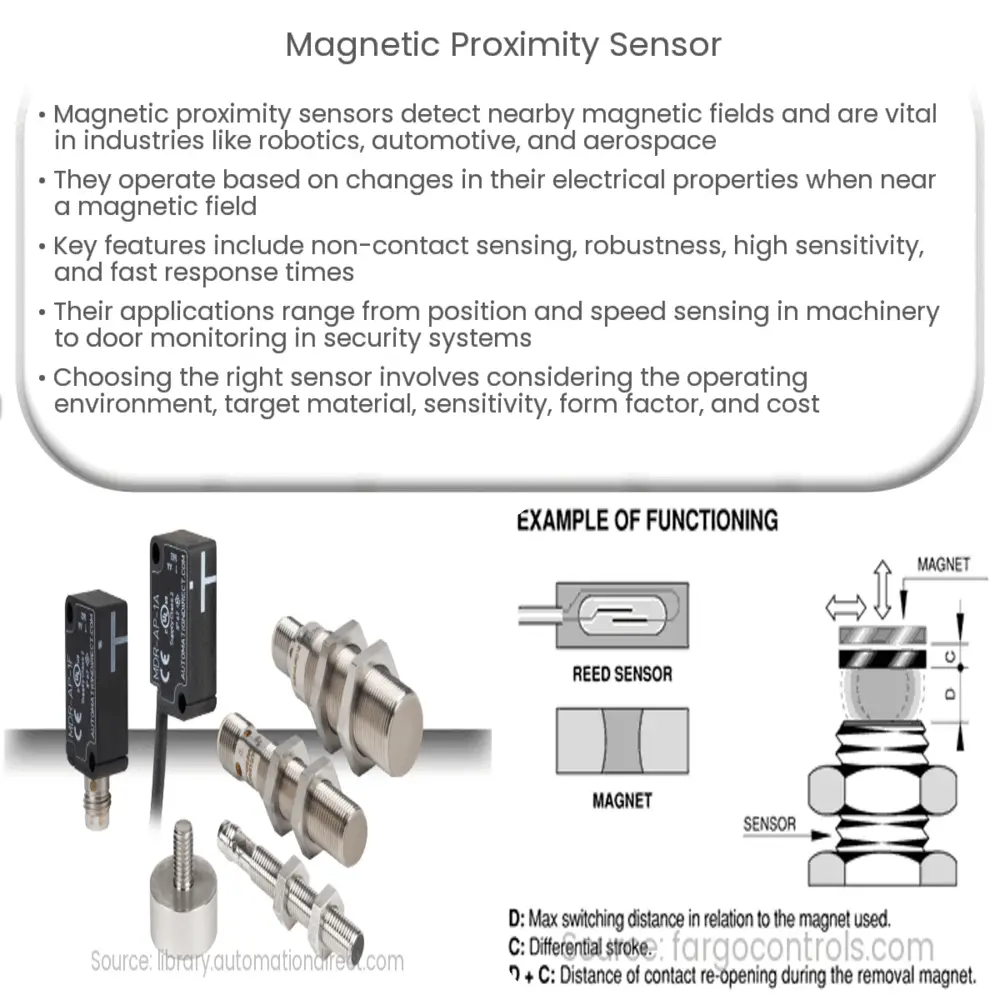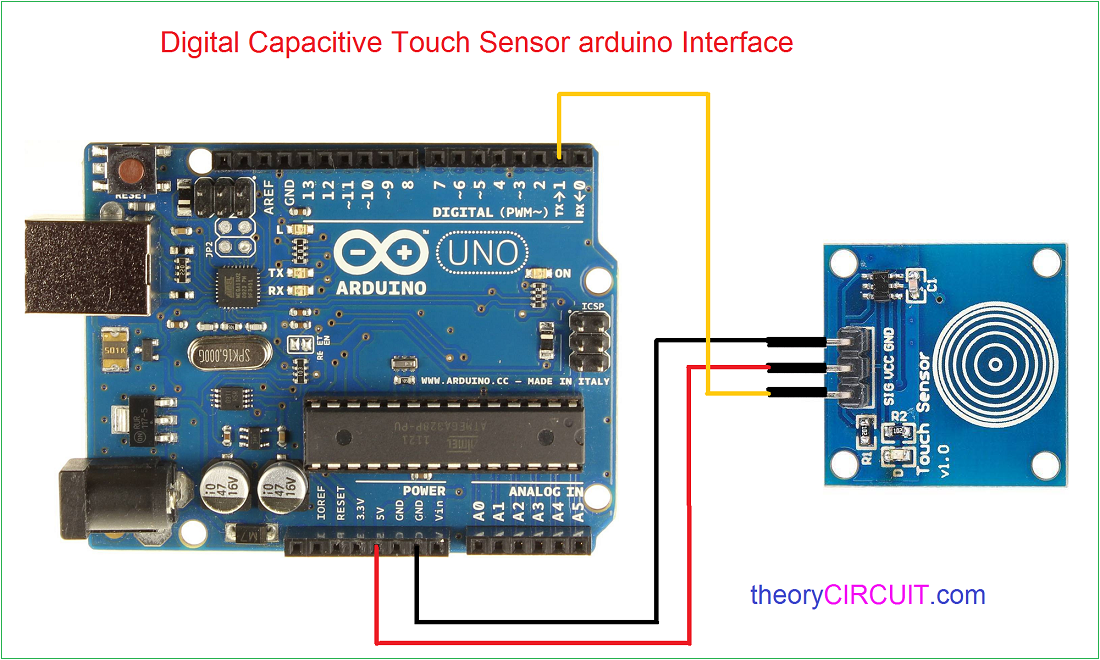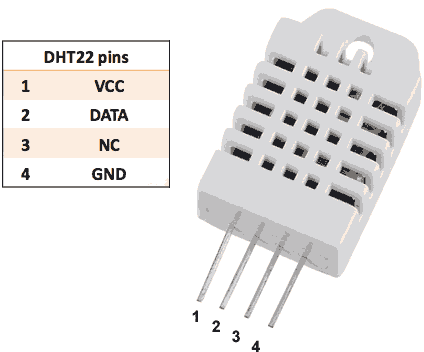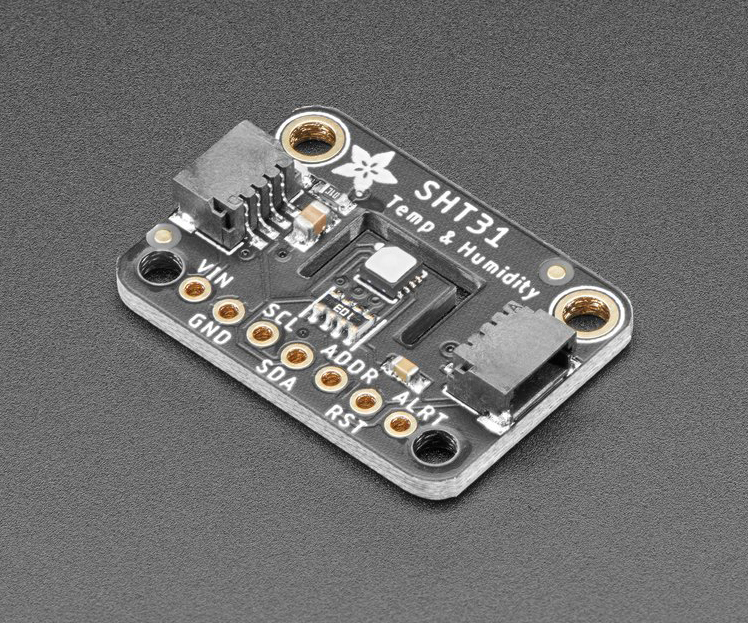How to Use a Reed Switch for Proximity Sensing
Reed switches are commonly used in proximity sensing applications due to their simple design and reliable operation. In this article, we will discuss how to effectively use a reed switch for proximity sensing purposes.
First, let’s understand what a reed switch is. A reed switch is a type of electrical switch that is controlled by a magnetic field. It consists of two ferromagnetic contact blades (reeds) hermetically sealed in a glass envelope. When a magnetic field is applied to the reed switch, the reeds are attracted to each other, closing the circuit.
To use a reed switch for proximity sensing, follow these steps:
- Choose the right reed switch: Select a reed switch that is suitable for your proximity sensing application. Consider factors such as sensitivity, switch type (normally open or normally closed), and maximum switching current.
- Install the reed switch: Position the reed switch in the proximity of the target object or surface. Ensure that the reed switch is securely mounted and aligned with the magnetic field.
- Apply a magnetic field: Use a permanent magnet or an electromagnet to create a magnetic field that can actuate the reed switch. Adjust the strength and orientation of the magnetic field to achieve the desired proximity sensing range.
- Connect the reed switch to your circuit: Wire the reed switch according to the specifications provided by the manufacturer. Ensure that the connections are secure and insulated to prevent any short circuits or electrical hazards.
- Test the proximity sensing system: Once the reed switch is installed and connected, test the proximity sensing system to verify its functionality. Use a test object to verify that the switch activates when the object is within the proximity range.
- Calibrate the proximity sensing system: Fine-tune the sensitivity and range of the proximity sensing system by adjusting the position and orientation of the reed switch and the magnetic field source. Repeat the calibration process until the system operates reliably and accurately.
In conclusion, reed switches are an excellent choice for proximity sensing applications due to their simplicity and reliability. By following the steps mentioned above, you can effectively use a reed switch for proximity sensing in various industrial, automotive, and consumer electronics applications.
Remember to choose the right reed switch, install it correctly, apply the magnetic field, connect it to your circuit, test the system, and calibrate it for optimal performance. With proper setup and calibration, a reed switch can provide accurate and consistent proximity sensing for your application.
How to Use a Reed Switch for Proximity Sensing
Reed switches are commonly used in proximity sensing applications due to their simple design and reliable operation. In this article, we will discuss how to effectively use a reed switch for proximity sensing purposes.
First, let’s understand what a reed switch is. A reed switch is a type of electrical switch that is controlled by a magnetic field. It consists of two ferromagnetic contact blades (reeds) hermetically sealed in a glass envelope. When a magnetic field is applied to the reed switch, the reeds are attracted to each other, closing the circuit.
To use a reed switch for proximity sensing, follow these steps:
- Choose the right reed switch: Select a reed switch that is suitable for your proximity sensing application. Consider factors such as sensitivity, switch type (normally open or normally closed), and maximum switching current.
- Install the reed switch: Position the reed switch in the proximity of the target object or surface. Ensure that the reed switch is securely mounted and aligned with the magnetic field.
- Apply a magnetic field: Use a permanent magnet or an electromagnet to create a magnetic field that can actuate the reed switch. Adjust the strength and orientation of the magnetic field to achieve the desired proximity sensing range.
- Connect the reed switch to your circuit: Wire the reed switch according to the specifications provided by the manufacturer. Ensure that the connections are secure and insulated to prevent any short circuits or electrical hazards.
- Test the proximity sensing system: Once the reed switch is installed and connected, test the proximity sensing system to verify its functionality. Use a test object to verify that the switch activates when the object is within the proximity range.
- Calibrate the proximity sensing system: Fine-tune the sensitivity and range of the proximity sensing system by adjusting the position and orientation of the reed switch and the magnetic field source. Repeat the calibration process until the system operates reliably and accurately.
In conclusion, reed switches are an excellent choice for proximity sensing applications due to their simplicity and reliability. By following the steps mentioned above, you can effectively use a reed switch for proximity sensing in various industrial, automotive, and consumer electronics applications.
Remember to choose the right reed switch, install it correctly, apply the magnetic field, connect it to your circuit, test the system, and calibrate it for optimal performance. With proper setup and calibration, a reed switch can provide accurate and consistent proximity sensing for your application.



